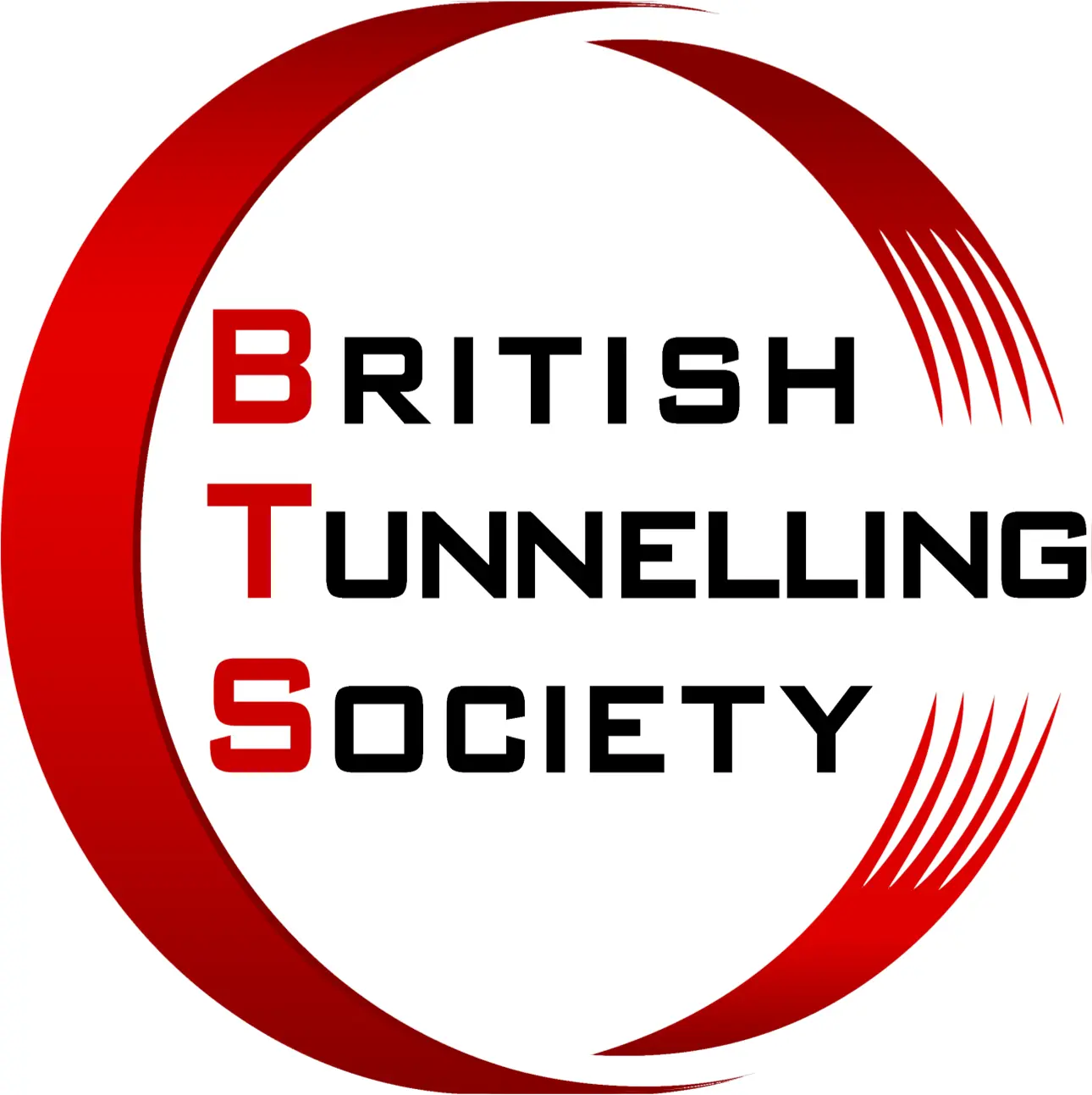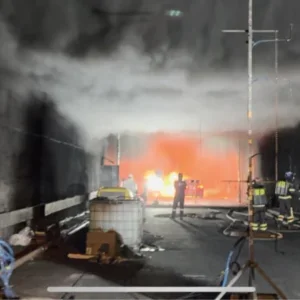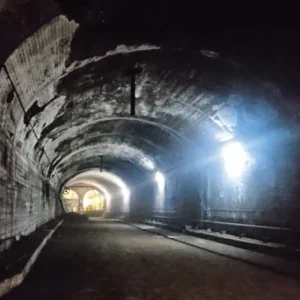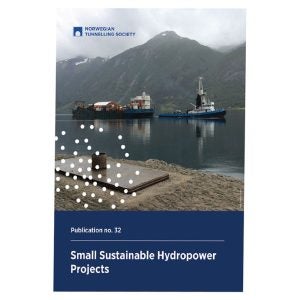On 26 April 2018, SOUTH Korea’s Ministry of Land, Infrastructure and Transport (MOLIT) announced the winning bidder for the public private partnership (PPP) lot of the Great Train Express (GTX) high-speed railway. The project had been tendered by two consortiums – Shinhan and Hyundai. The winning bidder – Shinhan Consortium led by Shinhan Bank – is joint ventured with various engineering and construction companies (including Dohwa Engineering, SK E&C, Daelim, and Daewoo E&C). They will construct the PPP section of the GTX A Line.
GTX A will comprise 43.6km of tunnel stretching from Unjeong Station of Gyeongi Province to Samsung Station in Seoul. It will form part of the GTX line which is a proposed high-speed commuter line that will connect new towns around the great Seoul Metropolitan Area (Gyeongi Province) with Seoul.
There are three GTX lines currently planned:
- GTX A Line (Unjeong – Dongtan)
- GTX B Line (Songdo – Cheonryangri)
- GTX C Line (Uijeongbu – Geumjeong)
The line will boast a maximum speed of 180km/h with only a few major stops in between to increase travel speed and reduce travel times. The ten stations of the GTX A Line are: Unjeong, KINTEX, Daegok, Yeonsinnae, Seoul, Samsung, Suseo, Seongnam, Yongin and Dongtan station. The project was procured according to the Build Transfer Operate – risk sharing (BTO-rs) method with 40% finance coming from the government and 60% from private entities.
Connecting to the Capital
Construction on the US$3.3bn project officially began in December 2018 after the completion of extensive negotiations between the government and the consortium. Expected to carry around 300,000 passengers daily, and eliminate an average of 50,000 car trips per day, the GTX project looks set to revolutionise the way people from outlying cities commute to the capital Seoul. The whole 43.6km of the GTX A northern leg (PPP section) between Unjeong and Samseong will be constructed completely through tunnels, using both mechanised tunnelling with TBMs and conventional tunnelling by drill and blast. A total length of 36,878m will be excavated using drill and blast in diameters ranging from 11.4 to 24.3m.
To add to the complexity, the GTX A line has been designed to share tracks with a 37.9km tunnel which is also part of another rail line, the SRT high-speed railway. Once completed, a journey that used to take 52 minutes from Kintex to Seoul Station will take just 13 minutes by GTX. Construction of the SRT section with which GTX will share the same infrastructure began in December 2018 and is scheduled for completion in 2023. Services from Dongtan Station to Samsung Station are expected to commence as early as 2023.
All 83.1km of the GTX A line will be underground. It is expected to be the longest metro and railway tunnel in the world, surpassing the current longest metro – the 60.4km Guangzhou Metro Line 3, China. It will also surpass the Gotthard Base Tunnel, Switzerland – currently the second longest tunnel at 57.1km.
The 43.6km northern leg (PPP section) of GTX A which runs through Seoul will be situated at an average depth of 50m below the surface. This greatly reduces the costs and claims from civilian land owners as Korean law dictates that all land more than 40m below the surface belongs to the government of Korea. The tunnel will run as an 11.6m-outside diameter single tube (10.8m ID), double-track railway below the city to save both construction cost and time; the only exception being the stretch under the Han River which, for reasons of passenger safety and escape, is planned to be twin tube, each 1,314m-long with a single track and an internal diameter of 7.53m (8.23m OD). The two parallel tubes which will be constructed by a single shield slurry-type TBM will be spaced 20m apart centre-to-centre and will be connected with 3m-diameter cross passages every 250m metres.
Both tunnel types will be lined with steel rebar-reinforced concrete tunnel segments, 350mm thick for the belowriver twin-bore tunnels and 400mm thick for the single-bore tunnel.
Geology
The geological profile of central Seoul consists mainly of hard to very hard crystalline rocks such as gneiss and granite. Certain highly fractured zones exist within the planned alignment. This is expected to be a particularly challenging aspect of this project, especially when mining through the highly fractured rock area near the Yeoshinae station in North Seoul. The 11.6m-diameter hard-rock gripper TBM was specially designed for this but it can also excavate in soft ground in order to pass through the fractured zone of the downtown area. Below the Han River, at an average depth of 55m, the geological section through the alignment comprises 10m of alluvial river deposits lying over a 45m layer of hard rock, underlaid by the Seoul granite group.
Choice of Tunnel Excavation Method
The use of mechanised tunnelling sees the first large-scale TBM to be introduced to Korea – a country which to date has leant heavily in favour of drill and blast.
This shift to TBM technology is hoped will stimulate other industries such as segment manufacture, and cutter and heavy machine assembly. In turn, this is expected to boost technological progress and competitiveness and, ultimately, benefit the future TBM excavations for the GTX B and GTX C lines.
Below the River
Construction of the twin-tube river tunnel by TBM began in December 2018 and is expected to take around 60 months for total completion. So far, there have been no problems with water inflows. Mucking will be achieved by belt conveyor followed by the transportation of spoil by barge or dump truck. Pre-grouting is expected to be required during the passage through poor geology. An 8.23m-diameter Herrenknecht slurry-type TBM with a theoretical advance rate of 50mm/min was chosen to bore the twin tunnel below the river and is currently under construction by Herrenknecht in Germany. It is set to arrive on site in the spring of 2021. The TBM has been designed to overcome the 6.5 bar hydrostatic pressure of a predicted 100-year event flooding of the Han River at the job site.
Tunnelling below the river is expected to achieve advance rates of around 8m/day, a very conservative rate which had been predicted at the design stage.
Overall, excavation of the double-track single-bore tunnel is expected to achieve advance rates in the region of 13m/day and 390m/month. In order to avoid the busy traffic of downtown Seoul and to improve the sustainable credentials of the project, it was decided to deliver the TBM parts by barge.
TBM performance throughout will be measured through the data acquisition system and from data collected from the job site. So as to design a better cutterhead and segment lining, a range of trials were undertaken to ensure good quality control of the machine during boring, including the LCM (Linear Cutting Machine) test and the maximum bending test of the concrete segment lining.
There will be a degree of drill and blast, notably to mine through the sections of difficult ground which are anticipated below the suburbs.
The government-funded portion of the tunnel works of the SRT line which connects Suseo Station to Samsung Station is scheduled to open with the completion of the GTX-A PPP portion in 2023.






